March 28 evening
2019 March 28 evening
Jeremy Tatum writes: I managed to walk all around Rithet’s Bog this afternoon, without seeing a single butterfly. However, on the way back I saw my first Cabbage White of the year, flying over Shelbourne Street at Feltham. At 4:45 pm there were three California Tortoiseshells hill-topping on the Mount Tolmie reservoir. The same individuals as on March 20, or different?
Ron Flower writes: Today March 28 we went to the Prospect lake power line, west side, around noon and found two Sara Orangetips. No photo for they wouldn’t settle.
Among the several tiny arthropods photographed by Scott Gilmore in Lantzville in the last few days was a velvet mite. We are grateful to Ray Fisher and Heather Proctor of the University of Alberta for identification to probable genus level. Ray Fisher writes: Usually if I can’t see the “face” then I leave open the possibility for Microtrombidiidae. However, in this case, I strongly suspect Allothrombiinae, and probably Allothrombium.

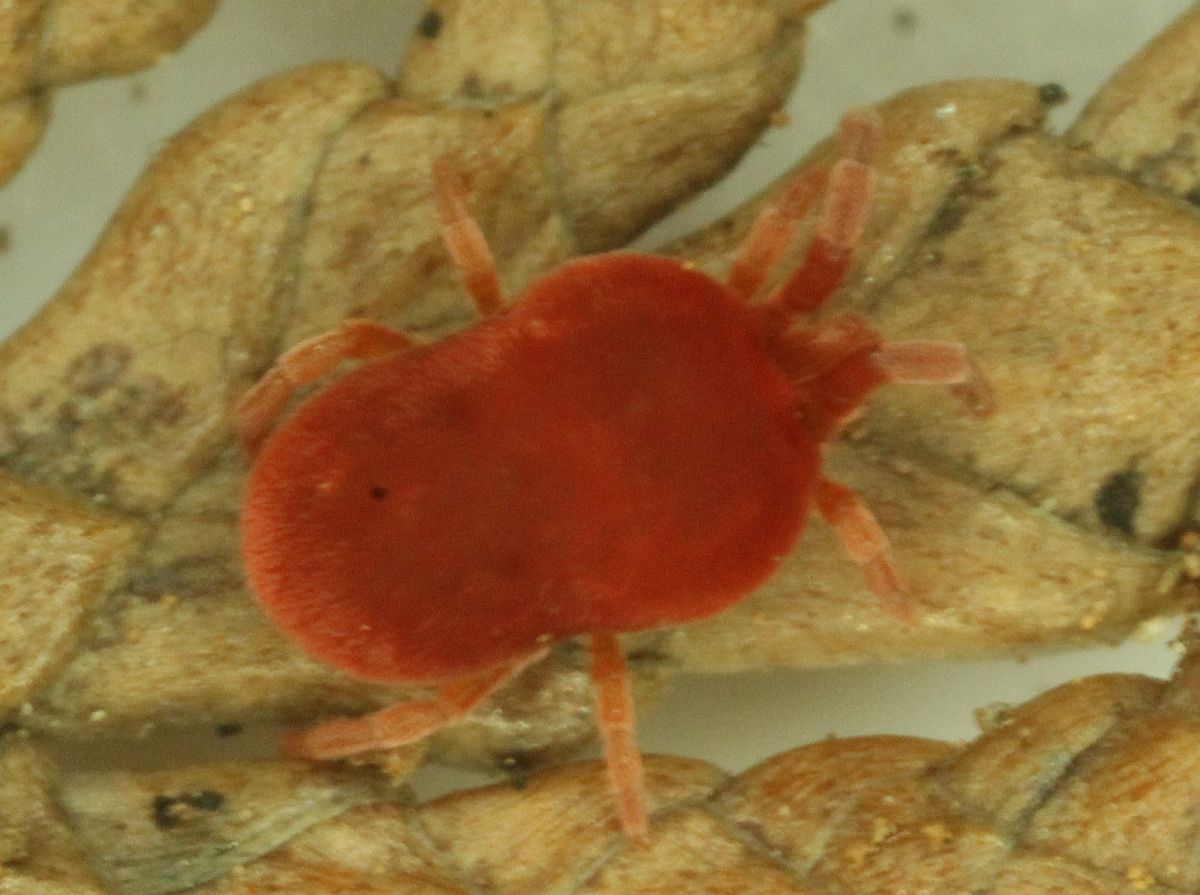
Velvet mite, probably Allothrombium sp. (Acari: Trombidiidae) Scott Gilmore


Velvet mite, probably Allothrombium sp. (Acari: Trombidiidae) Scott Gilmore
Jochen Möhr writes from Metchosin: After I had no success whatsoever for weeks with leaving my light on at night, this morning suddenly there was a bonanza: more than fifty moths on the wall and ceiling!
What intrigues me no end is why there is all of a sudden this change in abundance. The temperature at night is not much changed, below 10 degrees C. Humidity not much changed – no rain but lots of dew on the grass in the morning. The big maple tree next to the house is starting to bloom. Could that be it?
Jeremy Tatum comments: No one seems to know why some nights are good moth nights and some aren’t. Everyone seems to have his/her own theory. As for maples, my experience is that very few moth caterpillars feed on maples – but perhaps the maple inflorescence coming in now may be attractive to adult moths.

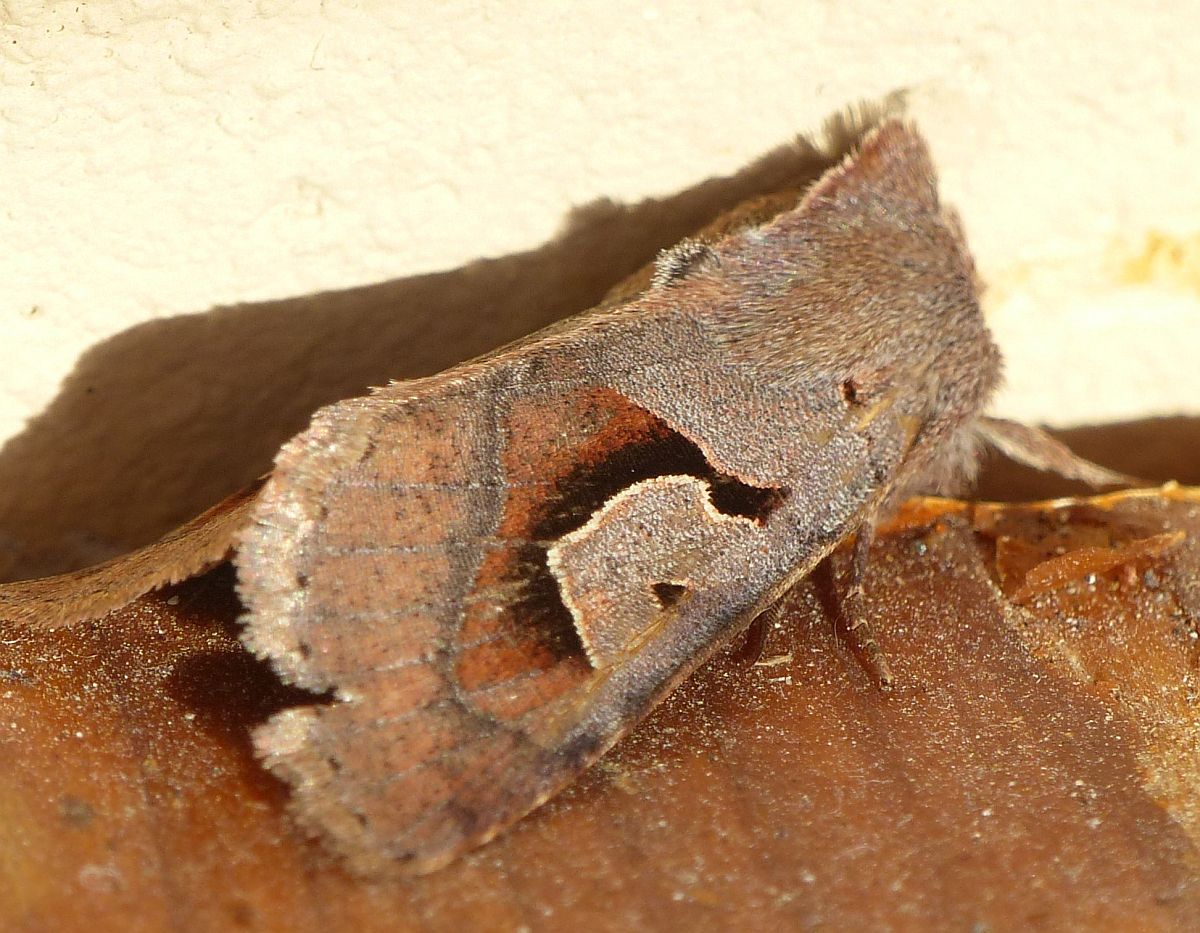
Acerra normalis (Lep.: Noctuidae) Jochen Möhr

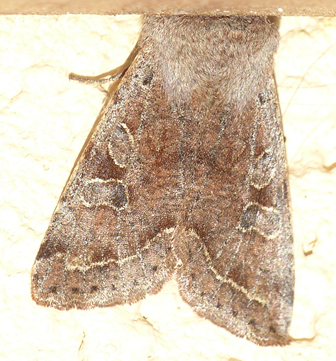
Orthosia hibisci (Lep.: Noctuidae) Jochen Möhr

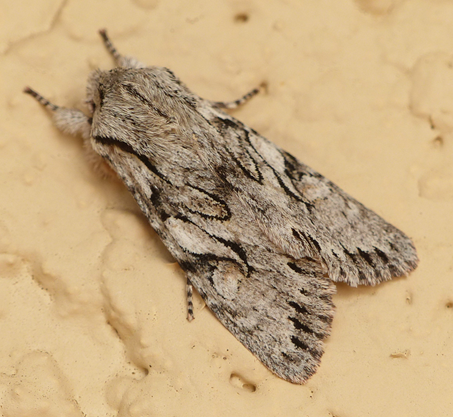
Egira crucialis/simplex (Lep.: Noctuidae) Jochen Möhr


Egira crucialis/simplex (Lep.: Noctuidae) Jochen Möhr

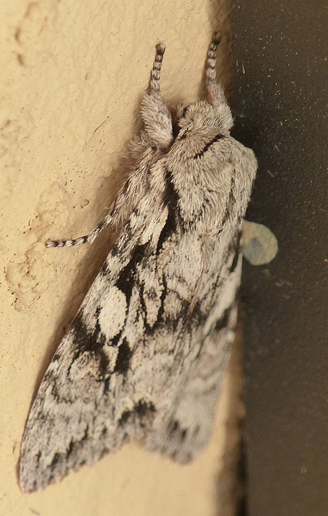
Egira crucialis/simplex (Lep.: Noctuidae) Jochen Möhr

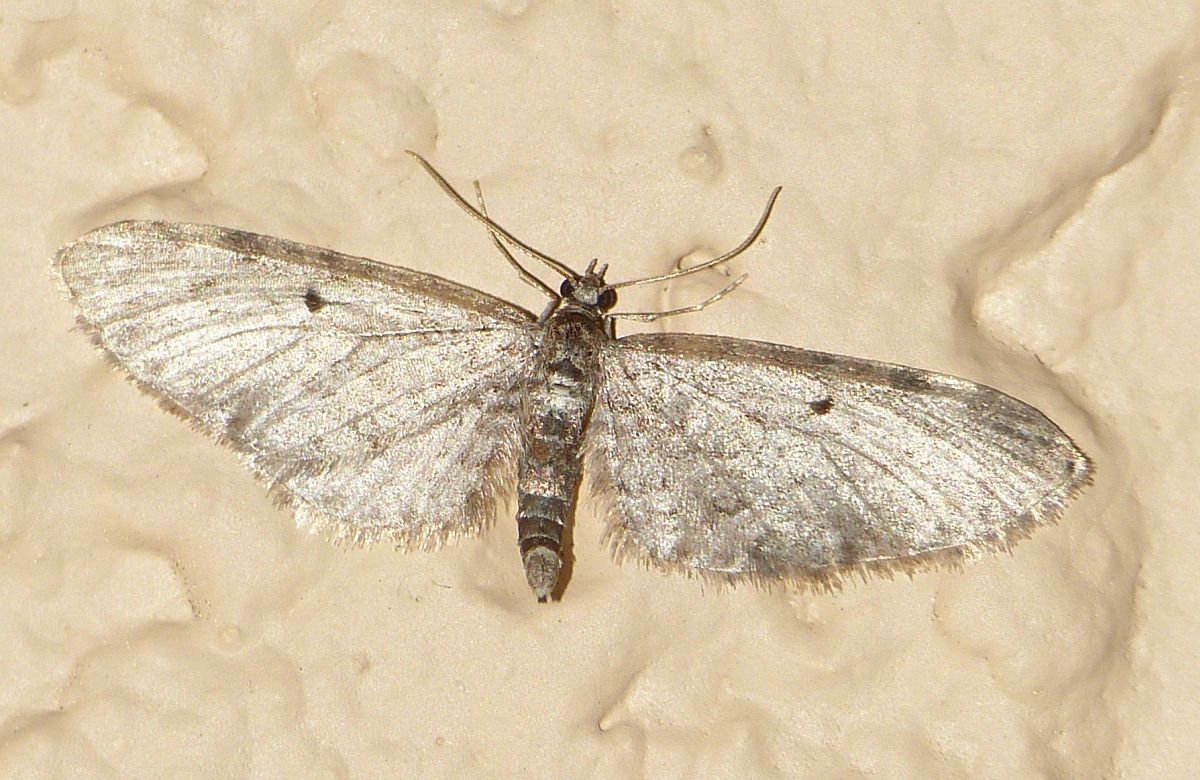
Eupithecia probably olivacea (Lep.: Geometridae) Jochen Möhr

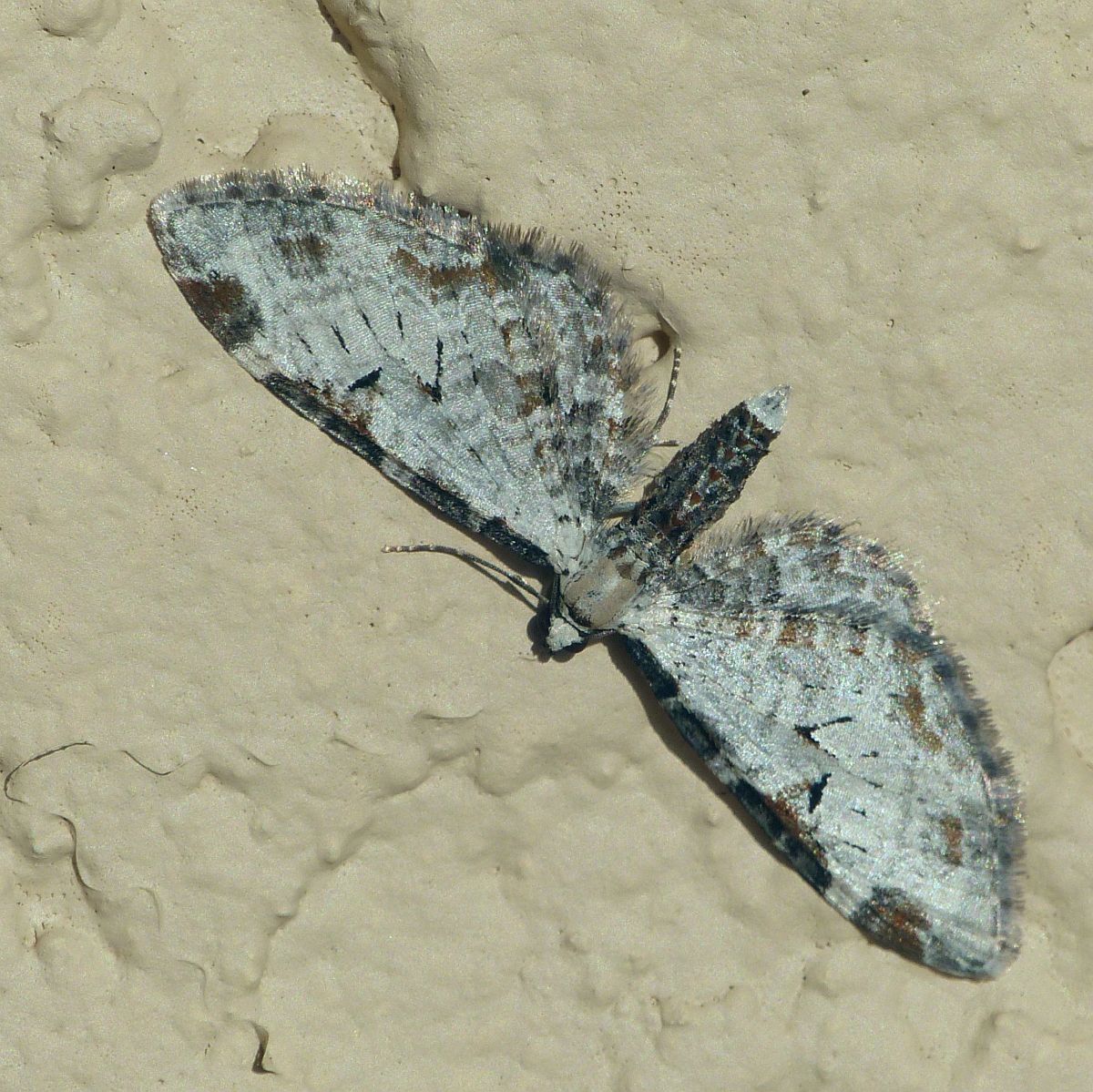
Eupithecia ravocostaliata/nevadata (Lep.: Geomtridae) Jochen Möhr
More Möhr tomorrow!
And thanks to Libby Avis for help with the identifications.
